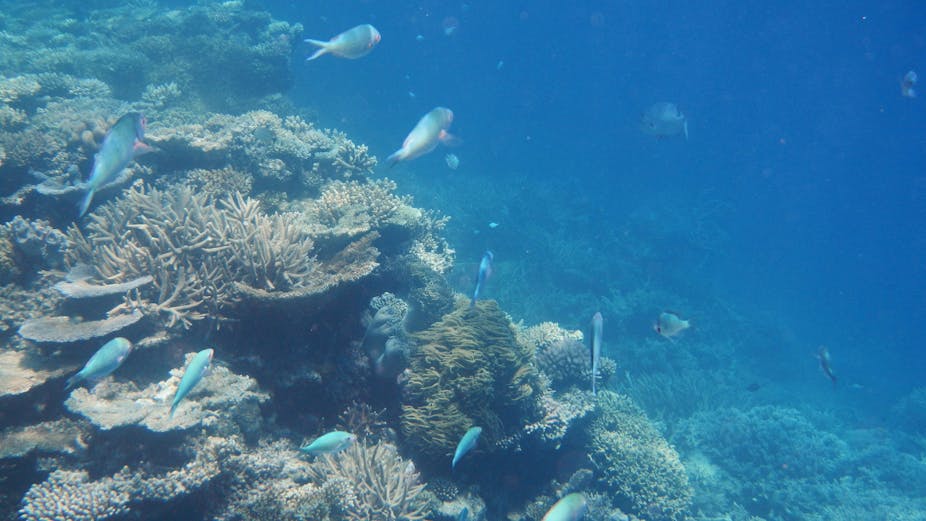Approval for dumping dredge spoil within the Great Barrier Reef Marine Park at Abbot Point could be reopened, with port developers reportedly considering storing dredge material on land.
According to the Australian Financial Review, developers at Abbot Point — who had received federal approval to dump 3 million cubic metres of dredged material at sea — will resubmit to the federal environment department a proposal to store dredge spoil on land.
Reef scientists welcomed the news, but called for the whole process to be reopened rather than focusing on one option.
Federal environment minister Greg Hunt approved the proposal to dump 3 million cubic metres of dredge spoil within the Great Barrier Reef Marine Park in December last year, with nearly 50 conditions to minimise environmental damage. The Great Barrier Reef Marine Park Authority gave the final go ahead in January.
The Great Barrier Reef Marine Park Authority has argued that dredge spoil will not be dumped on coral, seagrass or other sensitive ecosystems and the conditions are strong enough to protect the reef.
But other reef scientists, including Professor Terry Hughes at the ARC Centre of Excellence for Coral Reef Studies, have argued that dredging impacts spread further and are more severe than developers allow.
Sarah Hamylton, reef researcher at the University of Wollongong, said the spread of dredge material from its source was “unequivocal”.
“These fine particles stay entrained in the water column and can be transported huge distances by prevailing currents. This transport opens up a large area of seafloor and associated benthic communities to potential smothering.”
The latest report on the state of the Great Barrier Reef, released by the Great Barrier Reef Marine Park Authority, found that the condition of the reef overall was “poor”. Scientists have argued the reef’s condition is probably worse than the report suggests.
Currently, the United Nations Educational, Scientific and Cultural Organisation (UNESCO) is considering listing the Great Barrier Reef World Heritage Area as “in danger” due to increasing coastal development. A decision is expected in January 2015.
Process needs to be fairer
Hamylton said the decision was a win for the Great Barrier Reef, but the problem was not yet solved.
Professor Jon Brodie, water quality scientist at James Cook University, said the proposal to dump dredge spoil on land was better than dumping spoil at sea within the Great Barrier Reef Marine Park, but questions remain including how dredge spoil would be transferred rapidly enough from sea to land given the land constraints at the Abbot Point port area.
He said rather than selecting one option proposed by port developers, the whole process should be reopened, with many alternatives on the table.
“This would show the commitment of the Australian Government to good governance processes during port developments – certainly good governance is not in place at the moment.”
“UNESCO would certainly see a commitment to such a good governance process as a big step forward in addressing their concerns over the massive port developments planned for the Great Barrier Reef region.”
He said “an open, transparent and scientifically robust option selection process definitely didn’t occur” when the proposal to dump spoil at sea was approved.
Others, including Jon Day, former director of Great Barrier Reef Marine Park Authority, noted on a recent Four Corners report that there were “alternatives that weren’t properly considered when that decision was made. If we did a proper evaluation of the all the alternatives, that decision would not have been made”.
In a previous article for The Conversation Professor Brodie suggested alternatives including dumping dredge spoil behind a small “bund wall”, or extending jetties further out to sea to avoid the need for dredging.

